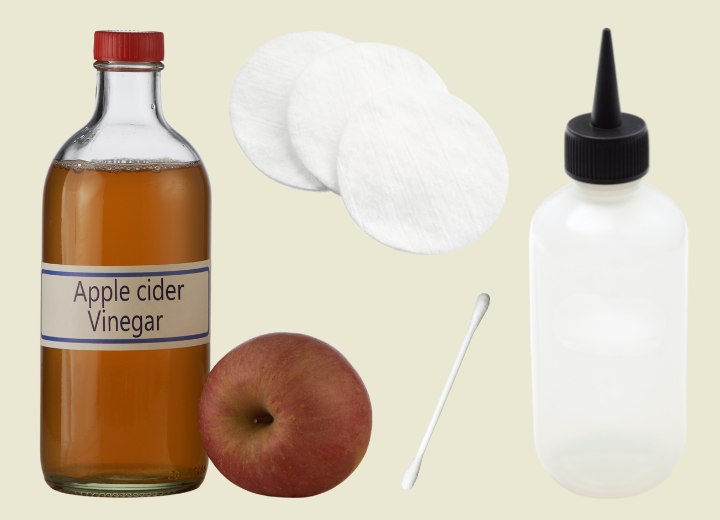Home Remedy to Reduce Dandruff

A: First, it’s important to clarify what dandruff actually is, as there’s some confusion surrounding its causes and definition. While many people assume dandruff is simply a dry scalp, it’s more commonly linked to an overgrowth of a naturally occurring fungus called Malassezia on the scalp. This fungus feeds on scalp oils and can lead to irritation, flaking, and excessive shedding of dead skin cells. True dandruff should not be confused with general dryness or more severe conditions like seborrheic dermatitis, eczema, or psoriasis, which may require medical treatment.
To minimize risk, I strongly advise performing a strand test before applying vinegar to your entire scalp. Select a few small, discreet sections of your color-treated hair (preferably from the nape or behind the ears), saturate them with your diluted vinegar solution, and then blow-dry them to simulate sun exposure. Examine the strands afterward for any noticeable color changes, fading, or unwanted brassiness.

After applying the vinegar, leave it on the scalp for 15–20 minutes to allow its antifungal and exfoliating properties to work. Then, thoroughly rinse it out and follow with a gentle shampoo and conditioner to remove any residue and neutralize the vinegar’s strong odor.
©Hairfinder.com
See also:
Scalp problems
The cause of dandruff
Hair care with household products